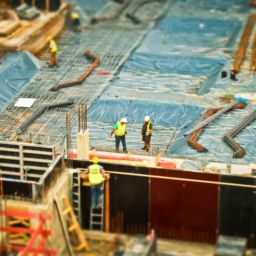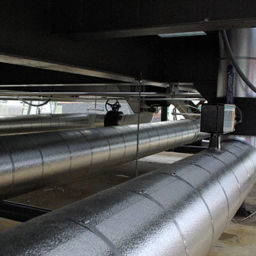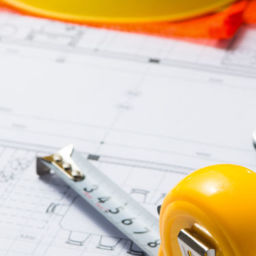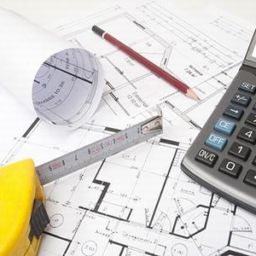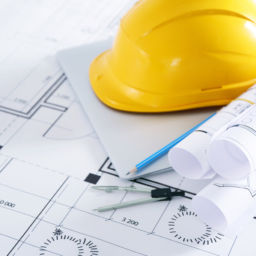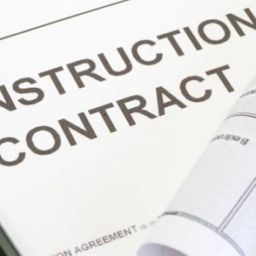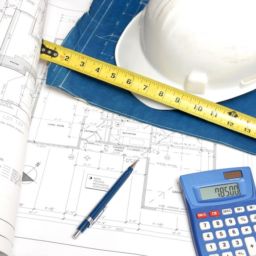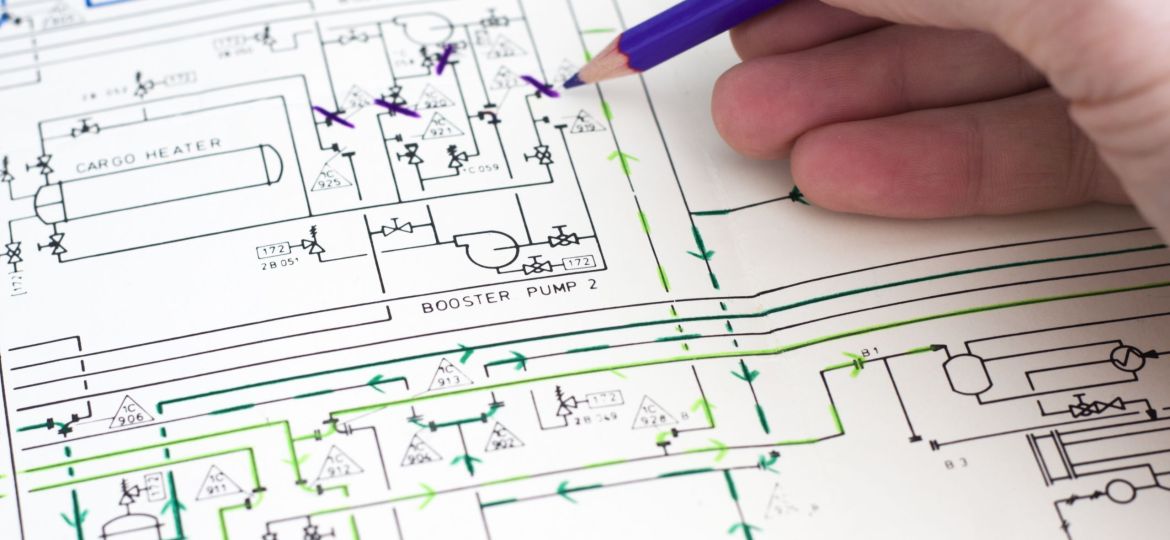
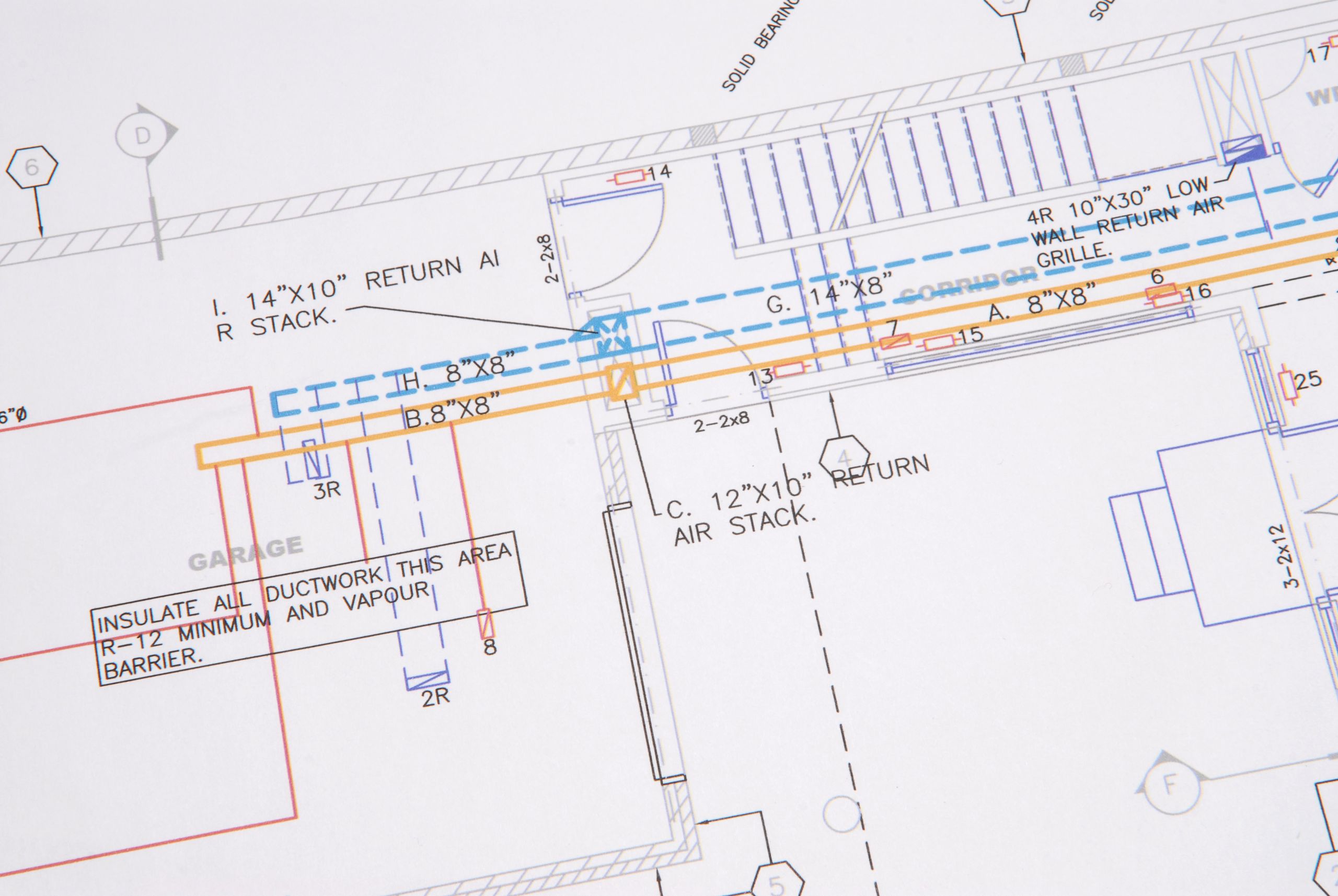
The bidding process is one of the most complex and necessary parts of operating a construction company. With it, you not only estimate the price of the project in a way that keeps your company thriving, but you also compete with every other company in the area to produce a price that will entice the company to hire you over the competition.
In the construction world, one type of estimate affects the vast majority of projects: MEP estimates.
An MEP estimate covers several facets of a construction project, utilizes multiple data entries, and is absolutely crucial to ensuring your bid is accurate and consumer-friendly.
We’re going to go over exactly what an MEP estimate is, how it’s done, the ways it impacts the bidding process and your top solution for getting one.
What is an MEP Estimation?
MEP stands for Mechanical, Electrical, and Plumbing. These are the three main cost factors in terms of materials in any construction project, and they have the largest impact on price.
An MEP estimation is the process of accurately determining how much each of those three factors will cost. This, along with other obvious considerations such as overhead, labour costs, insuring against unforeseen costs and work condition changes, and other basic necessities will end up being your bid for the project.
How is an MEP Estimate Determined?
MEP estimates can be made in a few ways. Most notably, mechanical estimates, electrical estimates, and plumbing estimates are performed according to the project’s needs in each of those areas and what the drawings show as necessary, and the resulting numbers are added together. Of course, other important factors are considered and added in before the final bid is produced.
There are various methods for doing this, but it’s often most accurate and reliable to gauge the needs of the project according to the drawings, develop an order of necessary parts, determine the cost of that materials order, factor in working conditions, and then double-check the estimate against the plans of other team members.
This is time-consuming, and there are still other considerations beyond MEP that must be added before developing a bid, but it is more accurate than square-footage estimates, generalized per-point estimates, and other popular and faster methods.
Why the MEP Estimate is So Important
Your MEP estimate isn’t something to take lightly. While it’s not the sole determining factor for your bid, it is a major part of it.
Your bid is supposed to perfectly balance the price of your service to create two effects. First, it has to cover the cost of the project while still providing a reasonable profit. You are a business, after all. However, it also has to meet the current market standards and be competitive with local competition.
To achieve those goals, there should be very low tolerances in your price estimates. You want everything to be as exact as possible because that’s how you keep the price in an attractive range while squaring away your own needs.
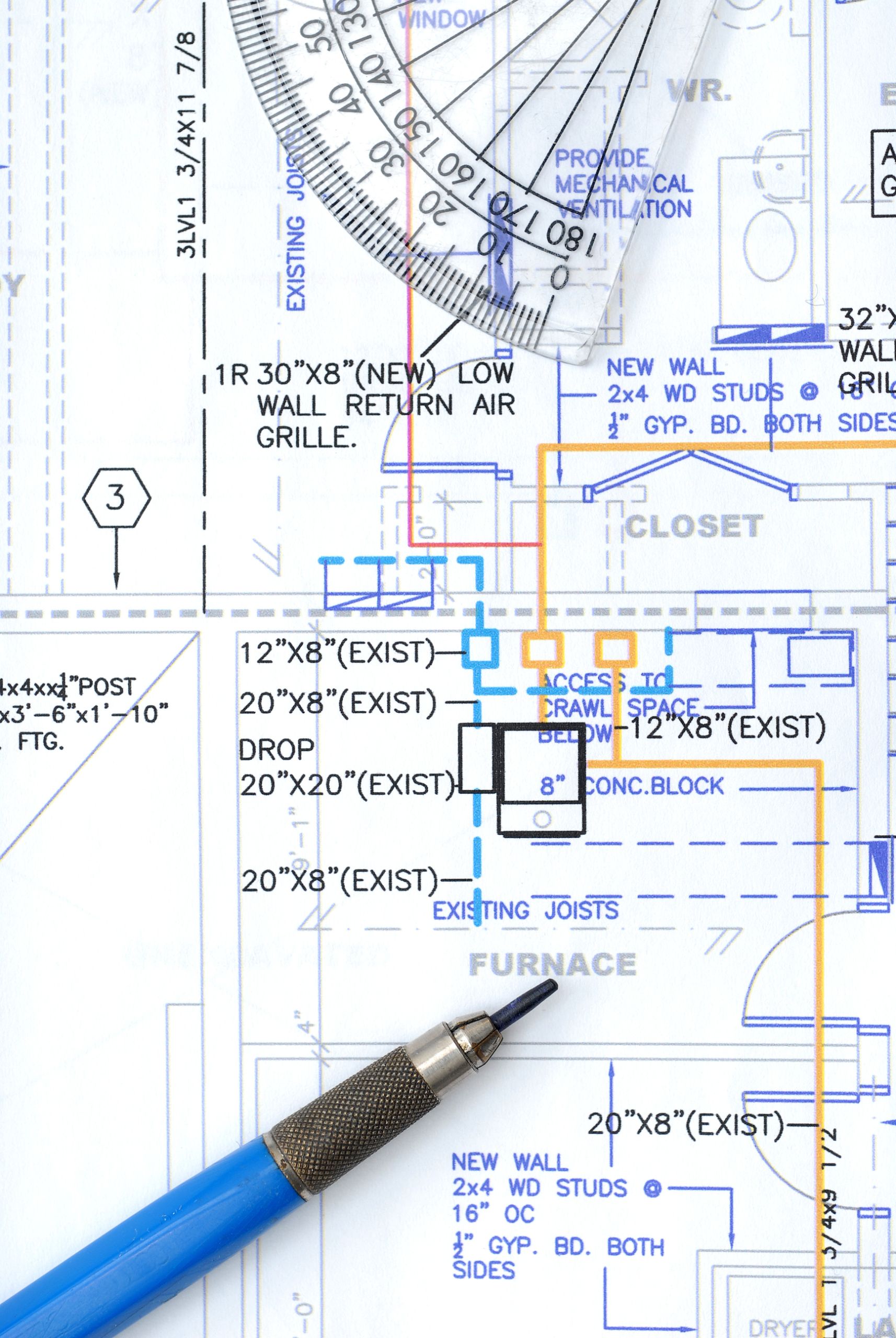
If you use an inaccurate MEP estimation method, such as the square-footage method that is generally used for speed, you can easily overprice a job by thousands of Pounds, and the client will hire whichever competitor got it closer to the actual project cost. On the other hand, you can greatly undervalue the project, and you can lose money on it.
Since your MEP estimate will make up the bulk of the overall bid, that means that any mistakes or corner-cutting methods will have an even bigger impact on that final bid.
You want to use a method that is accurate, and then you want to check it against multiple other methods to see if you’re missing anything. You only get one chance to place a bid, and you want it to be one that the client simply can’t refuse.
HOW TO GET AN ACCURATE MEP ESTIMATE
There are three primary ways to get an MEP estimate, and while some might look more attractive than others at first glance, it’s important to understand each one individually.
You can use the DIY method, MEP estimation software, or professional MEP estimators.
1: DIY
First, there is the DIY method. This isn’t recommended. It’s when you put in the effort to do all of the tasks we mentioned earlier by yourself.
This requires the utmost experience in the building process, and you likely have that. However, you also have to be a market expert, and you have to have a considerable amount of time to generate the estimate and account for all the tiny details.
Most businesses will be lacking in one of those two areas, and you’ll get a lower-quality estimate because of it.
2: MEP Estimation Software
This is a better solution than the DIY method in some instances, but it’s also not optimal. Like most things in life, technology has changed the estimation industry. Now, you can purchase software, input your numbers, and get an estimate.
This still requires you to gather data, and while it automates much of the process and guides you through it, it still doesn’t consider many of the unique factors that tend to become issues in almost every project.
That can also provide an inaccurate estimate that loses you a bid or costs you money.
Even the best software solutions tend to have these problems, and the worst part is, you likely won’t notice any issues for quite a while.
3: Hire a Professional MEP Estimator Service
Finally, the most reliable way to get an MEP estimation is to hire a service that is dedicated to it. A proper MEP estimation service has experience generating high-quality estimates day-in and day-out, and they’re properly equipped to ensure that your estimate is as bid-worthy as possible.
Not only that but a professional service is financially invested in getting you the best results. Customer service is a real driving force for a professional team, and that makes them more reliable than the software solutions many are turning to.


